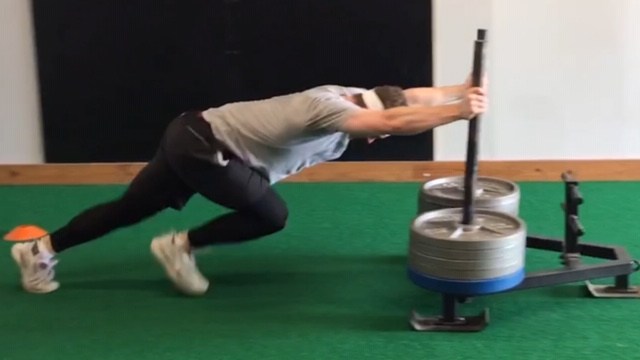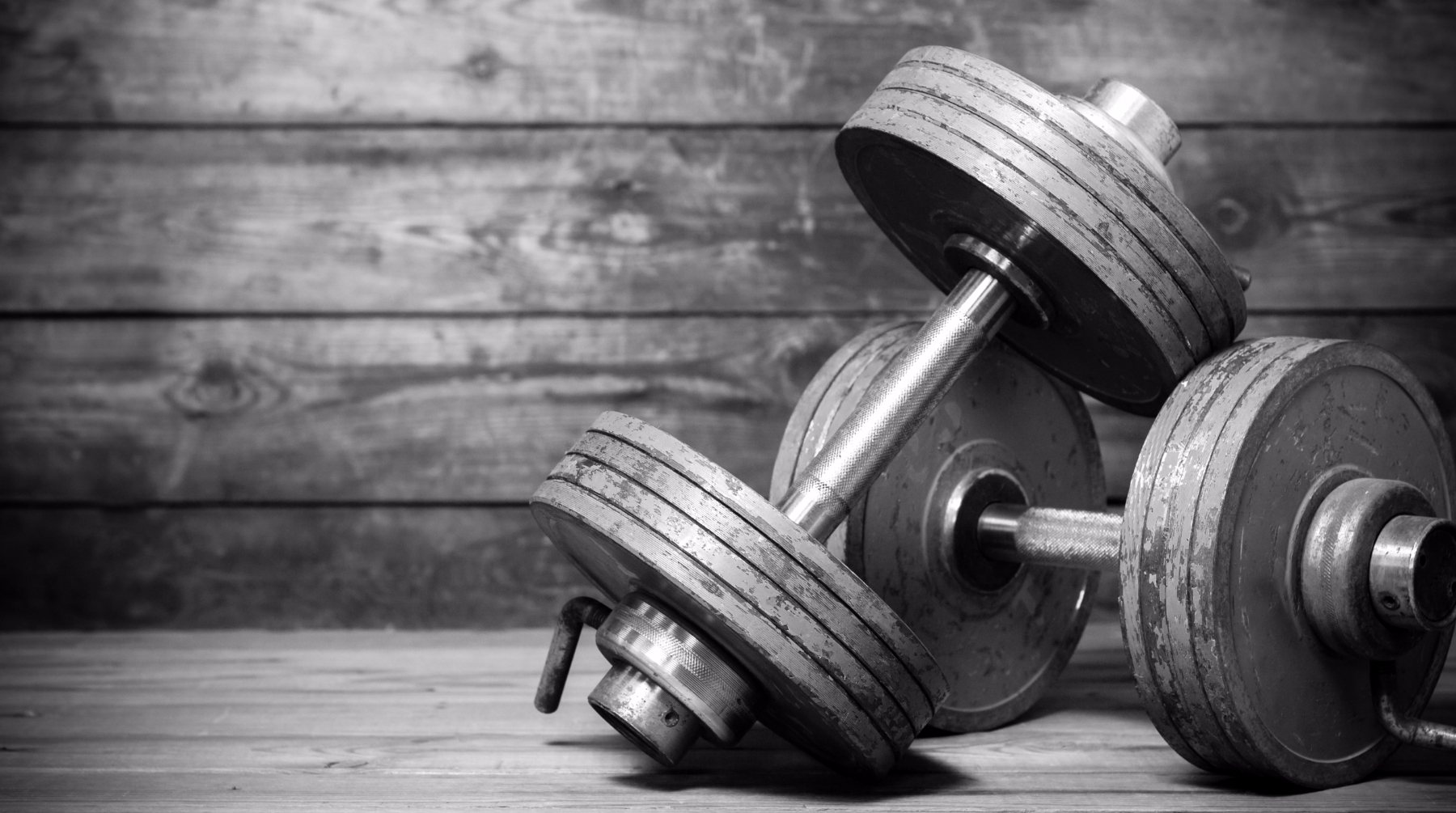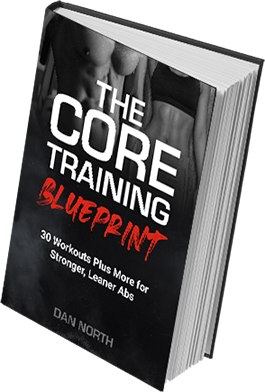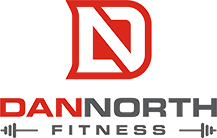You’ll notice two types of lifters in the gym with polar opposite approaches to their training:
- The egomaniac who goes balls to the wall every time they step through the door.
- The one who keeps the seat warm on the leg extension while they scroll through IG.
You don’t want to be the guy or girl who uses every training session as an opportunity to “max out” and go to failure.
You also don’t want to be the guy or girl who doesn’t know when to kick things into gear and push it when they need to.
The strongest lifters with the best physiques know when to double down in the gym and also understand the importance of recovery. Because at the end of the day, recovery is essential for getting stronger and building muscle.
A deload is a great (and sometimes essential) way to help your body recover and continue to see progress.
What is a “deload”?
A deload is a phase of your program where you reduce the intensity and volume of training to give your body and nervous system a “reset”.
Lifting puts a toll on your muscles, joints, ligaments, and central nervous system (CNS). Every training session comes with a price tag. The harder you train, the higher the cost. And you pay back the fee with recovery. If you don’t recover, you don’t get results. Plain and simple.
Strength training doesn’t make you stronger, it actually makes you weaker. It’s through the recovery process that you get stronger.
Why should you take a deload?
A deload can help prevent overtraining so you can continue to see results in and out of the gym.
Some lifters use this as an excuse to be lazy. And don’t actual require a deload phase in their training.
Other lifters actually need to take a deload if they want to continue to see progress.
When should you take a deload?
There are some people who are in a constant deload. They don’t really train that hard, so they never reach a level of intensity that would justify having to take an actual deload in their program.
Conversely, there are people who push it too hard too often in the gym and see deload’s as an unnecessary component to training.
You might need a deload if you experience:
- Poor sleep. If you’re having trouble sleeping, this could be a sign that it’s time to give your body a bit of a break.
- Constant state of tiredness. Overtraining can put you in a state of constant tiredness. Learn to recognize this when following your own program.
- Nagging joint/ligament pain. Remember, lifting can put a toll on your joints/ligaments if you’re not allowing your body to recover.
- No progress. Has it been a while since you’ve seen any progress? And I don’t mean just a couple weeks (two weeks without progress isn’t a “plateau”). We’re talking roughly a few months. Oftentimes, a short deload could be just what you need in these situations.
- Post competition/event. Have you ever competed and felt completely wiped the next day? Maybe even a little depressed/down? It’s the post-comp blues. After weightlifting comps I would be absolutely wiped the next day since there’s so much energy output on the platform. Almost every athlete takes some form of recovery after their competition to recuperate. Fighters, for example, will often take a week or two of full rest after their fights before heading back into the gym. Taking a step back helps you take two steps forward sometimes.
How long should your deload be?
This varies depending on the program/athlete, but usually about 1-2 weeks.
What should you do during a deload?
Again, this will vary between the individual athlete and their goals.
In general, your deload should focus on the following:
1. Focus on Recovery
Sleep, eat, repeat. Depending on the intensity of your program/competition prior to your deload, sometimes complete rest is needed.
2. do Mobility work
Mobility is your joints’ ability to move through their intended ranges of motion. And oftentimes, it’s the most overlooked aspect of training since most athletes would rather be lifting heavy shit and save the mobility stuff for later.
Mobility should be an ongoing pursuit throughout your program, but take the time during your deload to really hone in on it so you come back feeling “limber” and ready.
3. play Recreational Sports
My old weightlifting coach used to suggest just playing some light recreational sports after our competitions. Basketball, soccer, tag…whatever the hell you want! It keeps things fun and gives you a chance to try something completely different, which can be a huge mental break from your regular training routine!
4. train in Different Planes of Movement
Most of the classic exercises performed in the gym reside in the sagittal plane (ex. biceps curls, triceps extensions, squats, and lunges). Because of this, many athletes become “over-trained” or “complacent” within one plane of movement while neglecting others.

The three planes of movement are:
- Sagittal: Cuts the body into left and right halves. Front and back movements (ex. squats, reverse/forward lunges, pushdowns).
- Frontal: Cuts the body into front and back halves. Side to side (lateral) movements (lateral lunges, lateral walks, lateral step up, lateral sled drag).
- Transverse: Cuts the body into top and bottom halves. Rotational movements (cable twists, rotational med ball throws, side plank rotation, clamshells).
Regardless of your goal(s), you should incorporate different planes of movement in your program.
Why you should train in different planes of movement:
- Reduced risk of injury
- Improved coordination
- Increased strength potential
- Athletic performance
Take the opportunity during your deload phase to introduce new planes of movement into your program.
5. Reduce your Load and Volume
Cut down the volume (i.e. number of reps/sets) and intensity (i.e. weight lifted) during your deload.
Sometimes, you don’t need to do anything elaborate or drastically different when it comes to your exercise selection in your deload. For example, powerlifters will sometimes use a deload as an opportunity to practice their technique in the main lifts with lighter loads and less volume.
Regardless of your training goals and which protocols you decide to use when taking a deload, lighter loads with less intensity is a general rule of thumb you want to abide by.
6. do Concentric-Only Training
This is one of my favourite things to do with my clients when they’re taking a deload since the recovery is fast while still offering a great workout.
Your muscles can contract concentrically (when your muscle shortens under load), eccentrically (when your muscle lengthens under load), and isometrically (when there’s no “movement” of the muscle under load).
Most of the classic exercises performed in the gym have both concentric and eccentric phases (ex. picking the bar up during a deadlift and putting it back down; lowering the bar to your chest during a bench press and pushing it back up). So with that being said, the recovery process is a little longer than concentric-only movements.
Concentric-only exercises allow your muscles (and nervous system) to recover faster while putting less of a toll on your joints/ligaments. This is why they’re great alternatives to the main lifts performed in the gym during your deload phase.

Sled WorK: THE concentric-only king
Sled/prowler training is awesome, and is usually overlooked when it comes to exercise selection in strength programs.
The first time I was introduced to the prowler was my first day as a trainer at Goodlife Fitness. Me and a group of other new trainers were about to go through the “initiation”. Basically, we piled on as much weight as possible on the prowler (I think we got up to 700lbs) and saw who could push it the fastest up and down the turf (I won, just sayin).
But before starting, one of the veteran trainers said something along the lines of, “Don’t worry, this will only suck in the moment. You’ll feel like you want to puke but you probably won’t even be sore tomorrow.” And he was right!
Sled work (i.e. concentric-only training) is a great way to keep the training intensity “high” while recovering fast between sessions. This can be great if you (or your clients) are the go-getter types who love finding ways to challenge themselves in the gym (even if they are taking a deload).
Sled/Prowler Exercises
Although this isn’t a comprehensive list, here are some sled/prowler exercises to get the juices flowing for your next deload (or any other part of your program…who says you need to wait for a deload to do sled work!?).
Summary
Taking a deload week or two can be the recovery you need to continue to see results and break through that “training hump”. These tips aren’t written in stone and may not all apply to your unique training goals, but take them into consideration when it comes to your and/or your clients’ programming.





